Expansion of Retail Channels
The expansion of retail channels plays a crucial role in the growth of the toy drones market. With the rise of e-commerce, consumers have greater access to a variety of toy drones, enhancing their purchasing options. In 2025, online sales are projected to account for approximately 40% of total toy drone sales in the US. This shift towards online shopping is complemented by the presence of brick-and-mortar stores, which provide hands-on experiences for potential buyers. Retailers are increasingly dedicating shelf space to toy drones, showcasing the latest models and features. This dual-channel approach allows consumers to compare products easily and make informed decisions. Additionally, promotional events and in-store demonstrations further stimulate interest in the toy drones market. As retailers adapt to changing consumer preferences, the availability and visibility of toy drones are likely to increase, driving overall market growth.
Growing Interest in STEM Education
The growing interest in STEM (Science, Technology, Engineering, and Mathematics) education is significantly influencing the toy drones market. Parents and educators recognize the educational potential of drones, viewing them as tools for teaching essential skills such as coding, problem-solving, and spatial awareness. In 2025, it is estimated that around 30% of toy drone sales will be attributed to their educational value. Schools are increasingly incorporating drones into their curricula, promoting hands-on learning experiences that engage students in technology and engineering concepts. This trend aligns with the broader push for STEM education in the US, as it prepares children for future careers in technology-driven fields. As a result, manufacturers are likely to develop toy drones specifically designed for educational purposes, further expanding the market. The intersection of play and learning in the toy drones market presents a unique opportunity for growth and innovation.
Technological Innovations in Toy Drones
Technological innovations are a driving force in the toy drones market, as manufacturers continuously enhance product features to attract consumers. Advancements such as improved battery life, enhanced flight stability, and integrated cameras are becoming standard in new models. In 2025, it is anticipated that over 50% of toy drones will include advanced features like GPS tracking and obstacle avoidance, appealing to both children and parents. These innovations not only enhance the user experience but also promote safety, addressing concerns that parents may have regarding drone usage. As technology evolves, the toy drones market is likely to see an influx of new products that cater to various skill levels, from beginners to advanced users. This diversification in offerings may lead to increased competition among manufacturers, ultimately benefiting consumers with better quality and more options.
Rising Popularity of Drones Among Children
The increasing fascination with drones among children is a notable driver in the toy drones market. As children become more tech-savvy, the demand for engaging and interactive toys rises. In 2025, the toy drones market is projected to reach approximately $1.5 billion in the US, reflecting a growth rate of around 10% annually. This trend is fueled by the desire for innovative play experiences that combine entertainment with technology. Parents are increasingly purchasing toy drones as gifts, recognizing their potential for educational value and outdoor activity. The appeal of drones as a fun and exciting way to explore the outdoors contributes to their popularity, making them a staple in the toy industry. As manufacturers continue to innovate with features such as camera capabilities and user-friendly controls, the market is likely to expand further, attracting a broader audience of young enthusiasts.
Influence of Social Media and Online Content
The impact of social media and online content on the toy drones market cannot be understated. Platforms like YouTube and Instagram showcase drone flying tutorials, reviews, and creative content, significantly influencing consumer behavior. In 2025, it is estimated that over 60% of toy drone purchases are driven by online recommendations and viral trends. This phenomenon encourages children and parents alike to engage with the product, as they seek to replicate popular content. The visibility of toy drones in social media feeds creates a sense of community among users, fostering a culture of sharing experiences and tips. Consequently, manufacturers are increasingly collaborating with influencers to promote their products, further driving sales. The synergy between social media and the toy drones market appears to be a powerful catalyst for growth, as it shapes consumer preferences and encourages new entrants into the market.


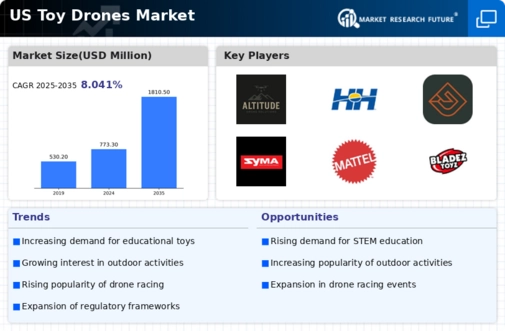
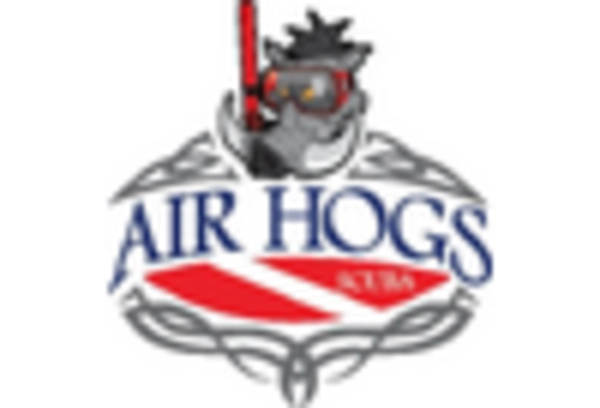
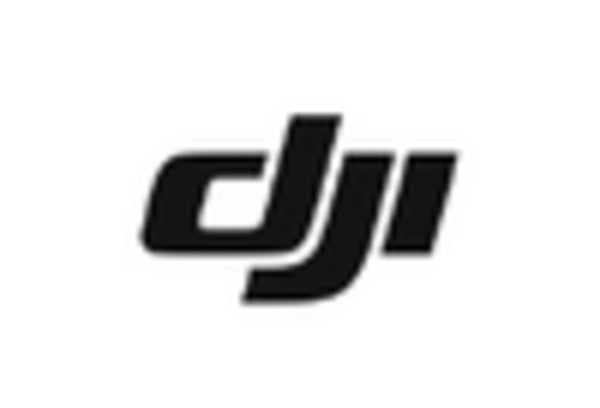
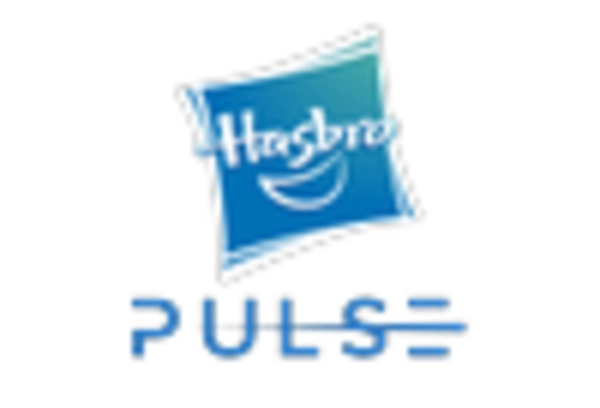

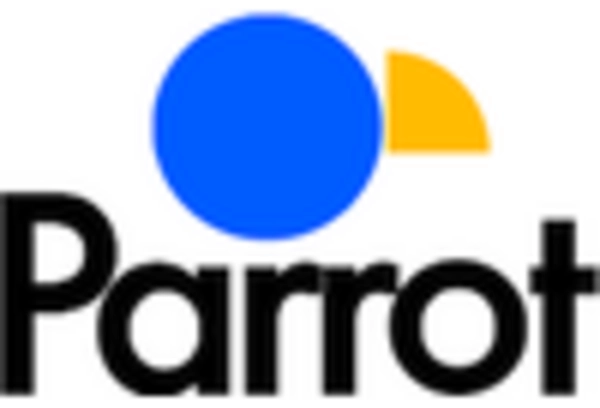
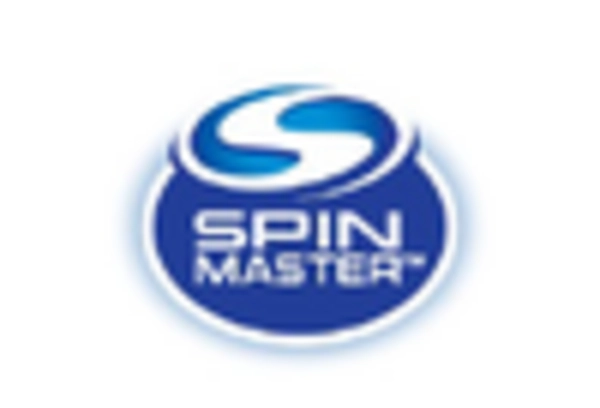








Leave a Comment